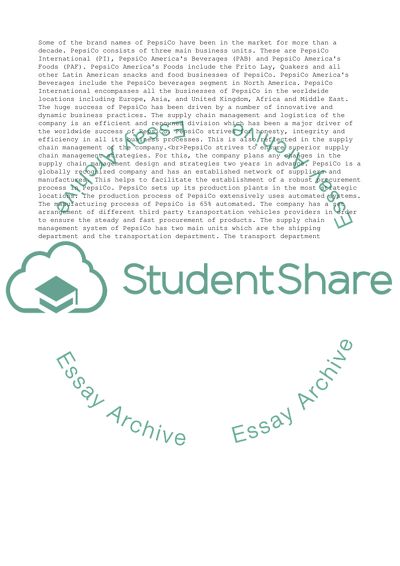Cite this document
(Supply Chain management and Logistics Research Paper, n.d.)
Supply Chain management and Logistics Research Paper. https://studentshare.org/management/1835255-supply-chain-management-and-logistics
Supply Chain management and Logistics Research Paper. https://studentshare.org/management/1835255-supply-chain-management-and-logistics
(Supply Chain Management and Logistics Research Paper)
Supply Chain Management and Logistics Research Paper. https://studentshare.org/management/1835255-supply-chain-management-and-logistics.
Supply Chain Management and Logistics Research Paper. https://studentshare.org/management/1835255-supply-chain-management-and-logistics.
“Supply Chain Management and Logistics Research Paper”. https://studentshare.org/management/1835255-supply-chain-management-and-logistics.


